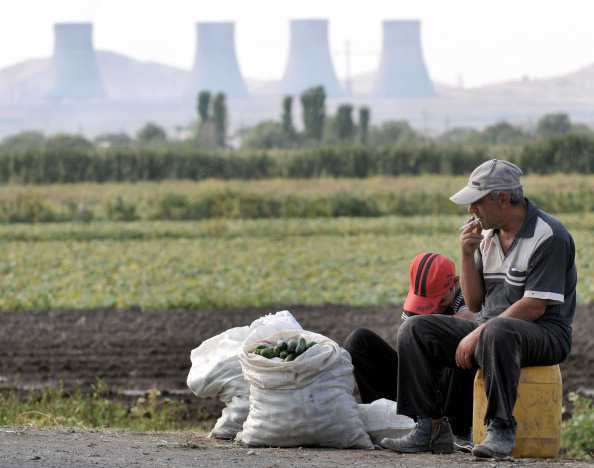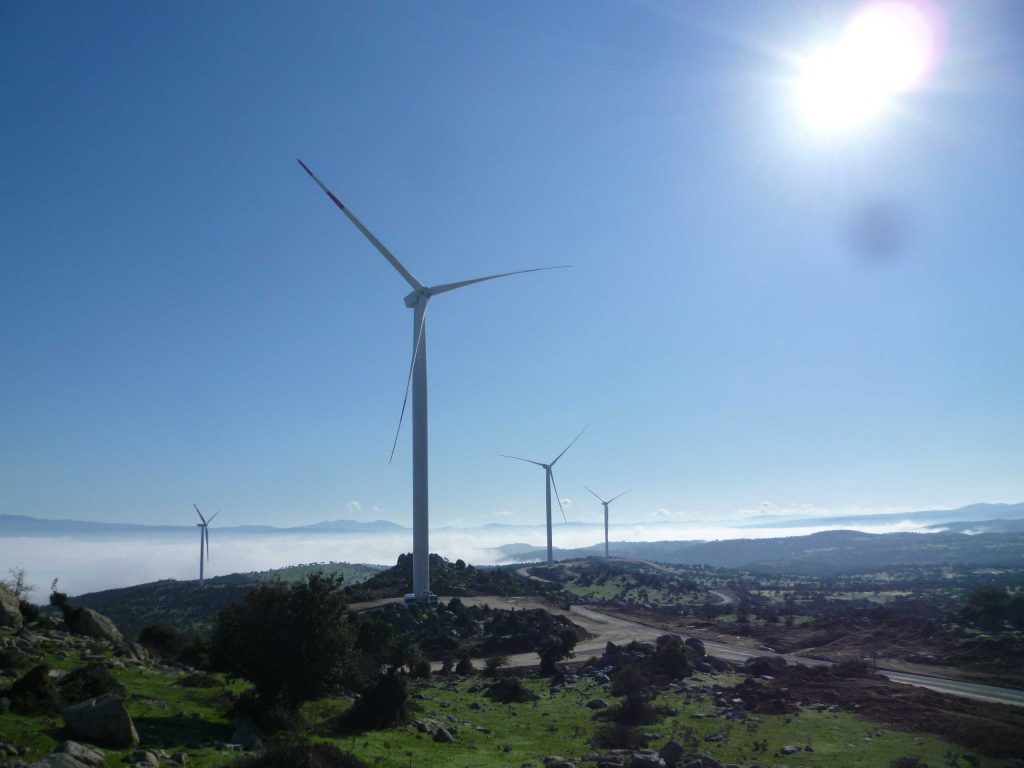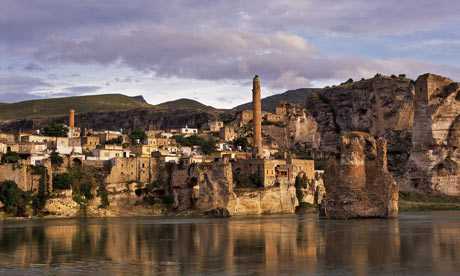The country in Europe with the most potential in renewable energy must establish a world-leading manufacturing base in the sector, writes Matthew Vogel of Alternatif Investments.

The Turkish government’s goals for 2023, the centenary of the Republic, include several in the energy sector. With huge dependence on Russian gas and questions about the outlook for diversification (whether Azeri or Iranian gas would be more reliable is a question), the AK Government must exploit the country’s renewable energy resources, which are actually much greater than the 2023 targets, more than double.
Meeting those targets alone would shave up to 1 per cent of GDP off the current account balance, not to mention the stable capital flows that could finance it. Because Turkey’s structural energy problem is so large and so widely understood, strategic and institutional investors would embrace a more open and fast-paced approach to investment in it.
Turkey has the second biggest onshore wind and solar potential in Europe, and third biggest geothermal potential, but development has been slow. Despite several wind power licensing rounds in the past decade, the last in 2007, with a potential for close to 10GW of installed capacity, only 1.8GW have been installed so far. Indeed, the 10GW 2014 interim target for wind power in the energy ministry’s 2009 strategic plan is far out of reach.
There are a number of issues to consider. As mentioned by the Global Wind Energy Council, Turkey’s main obstacles for development are its complex and bureaucratic administrative procedures. But there are other issues as well.
Turkey’s industrial organisation is dominated by local oligarchic structures, where foreign strategic involvement is limited. The renewables sector is no different. Most licenses have ended up in the hands of non-strategic investors – many are a portfolio item for diversified holding companies or in the hands of smaller local concerns, without the expertise to develop sites or present bankable business plans, who are reluctant to collaborate with strategic partners. Licenses were sought as a “trade,” as if they were a security that could be flipped for a profit, before any thought of building a wind farm. The most basic of financial and technical analysis has not been undertaken on a large number of such licenses. A more aggressive approach by the government to facilitate a secondary market that allows the transfer of such licenses to committed renewable firms would be fruitful.
The pending 2013 solar round may leave solar licenses in a similar state to wind licenses, despite some new pre-qualification measures. Local investors are expected to overwhelm the 2013 round’s relatively small 600MW license amount (Germany installed 7.5GW of solar last year alone). Small allocations would reduce the profitability of operations and their attractiveness for major strategic players.
While low feed in tariffs are not the most important issue, they are generally the lowest in Europe and among the lowest in the world: 7.3 US cents per kilowatt hour for wind and 13.3 cents for solar and geothermal, with modest top ups for a complicated local content system. For better or worse, the wind FIT has been below the average market price for electricity over the past three years. Unlike many countries in Europe that are fiscally stretched, Turkey can afford some modest level of subsidies for such a strategic issue.
With the European renewables sector facing a slowdown, this is a golden opportunity for Turkey to make its case. The authorities should encourage global renewables manufacturers to relocate to what should be a large market and export base. One only has to look at share prices to note the cost and demand pressures facing wind turbine and solar panel manufacturers in the US and Western Europe.
It is worth noting that the Government has a goal of reaching 3 per cent of GDP in R&D spending, from less than 1 per cent of GDP presently (OECD average is 2.5 per cent). Large onshore operations of renewable energy companies would certainly nourish the R&D outlook. FDI into such a technology-driven sector would be a quantum leap in value added and a big boost to employment.
In renewables, Latin America, South Africa, and the Gulf present lucrative and, for the time being, better opportunities than Turkey – they have had much success in these markets. Brazil, as of 2011, has three wind turbine manufacturing facilities, with another two under construction; Turkey has none and no indications that there are any on the drawing board. In May, Saudi Arabia announced plans for $109bn of solar investment over the coming 20 years, and will start with 2GW of licensing in the first quarter of 2013.
Closer to home, Romania is installing wind at a faster pace than Turkey. With just a single 14MW farm installed in 2009, it is widely expected that over 2GW will be reached by the end of 2012. Romanian wind is being developed by a who’s who of leading European energy players. Romania has achieved this despite its financial sector being crippled and a great deal of political turnover. Turkey has no such financial or leadership obstacles.
While foreign investors should be less worried about macro stability, rule of law and other basic investor rights, the World Bank’s ease of doing business ranking, where OECD member Turkey has slipped from 60 in 2010 to 71 in 2012, highlights the problems. Ernst and Young’s Renewable Energy Attractiveness Index paints a similar picture. As indicated by energy minister Taner Yildiz, efforts are being made to streamline processes for the development of renewables. To remember a slogan of sorts that Turkish progressives used in describing the constitutional reform referendum in 2010, “Yetmez ama Evet!” (Not sufficient, but yes!)
Matthew Vogel is Managing Partner at the renewable energy and agriculture investment firm Alternatif Investments, based in Istanbul. Alternatif Investments holds energy licenses and develops and invests in wind, geothermal and solar power. Previously he was Head of Emerging EMEA Research at Barclays Capital, and at the World Bank.
Related reading:
Turkey turns to coal and nuclear power, beyondbrics
Turkey GDP growth: from go-go to gold, beyondbrics
Football finance: top Turkish club plans hydropower plant, beyondbrics
Wind power in China: Turbine talent seeks overseas outlets, FT




